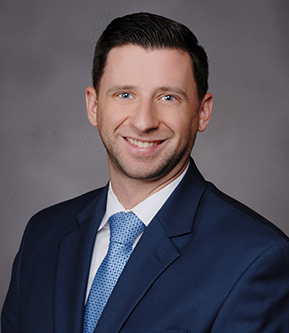Navigating Interstate Entity Issues: Corporate Practice of Medicine and Ownership Considerations
Health care entities, such as professional corporations (PCs) and professional limited liability companies (PLLCs) (known as “restricted limited liability companies” in Pennsylvania), encounter a complex legal analysis when expanding business across state lines. Differences in laws governing the corporate practice of medicine (CPOM) and requirements for health care entity ownership can create significant compliance challenges. Proactively analyzing CPOM and ownership requirements can reduce the likelihood of encountering legal issues when commencing operations in new jurisdictions or seeking licensure in new states.
Corporate Practice of Medicine Concerns
The CPOM doctrine generally provides that only certain licensed professionals can own and operate entities that provide medical services. The CPOM doctrine varies by state, with certain states, such as New York, establishing strict CPOM prohibitions. Others are more flexible, allowing healthcare entities to be organized in a variety of corporate structures under specific conditions. If a healthcare entity based in a jurisdiction with relaxed CPOM laws considers expansion into a jurisdiction with a stringent CPOM doctrine, it needs to be prepared to evaluate its structure and determine whether reconfiguration of ownership or an alternative structure is warranted in the new state.
Potential solutions include creating a new entity, revising ownership agreements, or establishing a compliant management services organization (MSO) structure through which non-clinical, administrative functions are outsourced to a separate entity that can be wholly or partially-owned by unlicensed individuals or entities.
Differing Ownership Requirements
Professional entity ownership requirements vary by state, complicating any expansion analysis. Certain jurisdictions mandate that professional entities be wholly or majority-owned by licensed professionals, while others, such as Delaware, may allow non-physician ownership subject to certain limitations.
As a threshold matter, health care entities would be wise to verify whether the new jurisdiction allows their existing ownership structures. Beyond plain ownership requirements, entities should also consider whether specific jurisdictions have additional requirements, such as requiring all owners to possess specific licenses.
Practical Considerations
Health care entities should conduct thorough due diligence and consider engaging specialized legal counsel before expanding. A comprehensive analysis entails review of CPOM and ownership laws, in addition to existing corporate structures, and identification of licensing requirements. Entities with an eye toward expansion should anticipate a need to draft new governance agreements or develop alternative ownership structures to comply with jurisdictional requirements.
Conclusion
A health care entity expanding operations into new jurisdictions can be an exciting proposition for a successful practice but requires careful planning and strategizing to ensure growth in a legally compliant manner. By proactively addressing CPOM and ownership issues, health care entities can ensure compliance and successfully grow in new markets.


